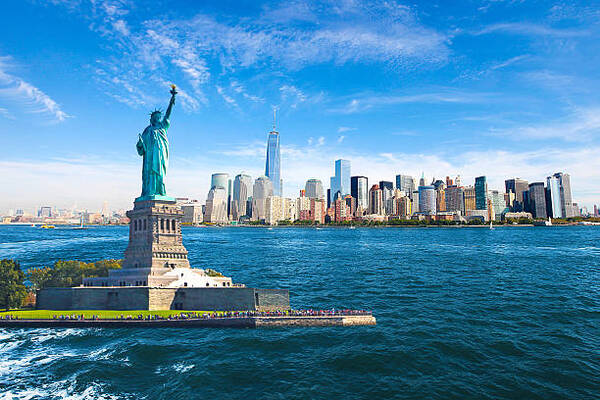Home » India Travel News » US Struggles With A Significant Fifteen Percent Decline In Indian Tourist Arrivals As Diplomatic Tensions Reach New Heights
Published on
September 20, 2025
In August, Indian tourist visits to the United States saw a significant decline of 15% compared to the same month the previous year, according to preliminary data from the National Travel & Tourism Office (NTTO). This marks the third consecutive month of decrease, following a drop of 8% in June and 6% in July. The decline in tourism is attributed to escalating tensions between the US and India, which have been fueled by issues such as tariffs, the purchase of Russian oil by India, and disagreements over the ceasefire between India and Pakistan. These geopolitical issues appear to be affecting the flow of Indian visitors, resulting in an estimated loss of $340 million in potential spending by Indian tourists this summer.
During the broader summer period, there was a noticeable decrease in Indian tourism to the US, with approximately 10% fewer trips made compared to the previous year. This contrasts sharply with the same period in 2024, when there was a substantial increase in visits. In that year, Indian tourist visits surged by 35% in June, 26% in July, and 9% in August, marking strong growth despite various global challenges. The sharp shift in tourist patterns this year highlights how significant the impact of political and economic tensions can be on international travel. Notably, one of the key factors in this downturn may be the trade and diplomatic frictions between the US and India, which have been exacerbated by the imposition of a 25% reciprocal tariff on Indian goods during the tenure of US President Donald Trump.
Indian tourists have traditionally been an important demographic for the US travel industry due to their high spending habits. In 2024, it was reported that each Indian tourist spent an average of $5,200 per trip, which is almost three times the global average of $1,802. This high spending rate underscores the importance of attracting Indian visitors, especially as India ranks as the fourth-largest source of inbound tourism to the US, following Canada, Mexico, and the United Kingdom.
Earlier in the year, US tourism authorities made a concerted push to attract more Indian tourists. In January, Brand USA organized its largest-ever sales and media mission in Hyderabad, bringing together 48 US companies and 67 exhibitors. At the time, surveys suggested that 86% of Indian travelers were likely to visit the United States within the next two years, indicating strong potential for growth in the Indian tourism market. However, recent geopolitical developments, including the ongoing trade disputes and tensions surrounding international relations, seem to have dampened the enthusiasm of Indian travelers, resulting in the observed decrease in visitation.
The downturn in Indian tourist arrivals is not an isolated incident but part of a broader trend that reflects the vulnerability of the tourism industry to shifts in diplomatic and economic relations between countries. As India and the US navigate complex global issues, the effects on bilateral travel and trade are becoming increasingly apparent. While it is difficult to predict the exact long-term implications of this decline, the immediate impact is clear: American businesses, particularly those in the tourism and hospitality sectors, are likely to face a challenging period. The loss of Indian tourist spending is a blow to industries that rely heavily on international visitors, particularly in popular tourist destinations that have traditionally attracted a large number of visitors from India.
Despite these challenges, there remains hope for recovery in the future. The US has a longstanding reputation as a popular destination for Indian travelers, and efforts to improve diplomatic relations and ease trade tensions could lead to a rebound in tourism. Moreover, the high demand for US destinations among Indian travelers, coupled with the recent efforts by US tourism officials to increase engagement with the Indian market, means that the decline in visitor numbers may be temporary.
The drop in Indian tourists to the US also serves as a reminder of the intricate link between global politics and the travel industry. While the appeal of the United States remains strong, political and economic factors can significantly influence travel patterns. As the US continues to navigate its relationship with India, both countries will need to consider the broader impacts of their diplomatic decisions on the tourism sector. For now, it remains to be seen how the tourism industry will adjust to these challenges and whether the current downturn will be reversed in the coming months. However, the situation underscores the importance of fostering strong international ties, not only for trade and diplomacy but also for sustaining the flow of tourism, which contributes significantly to economic growth.

